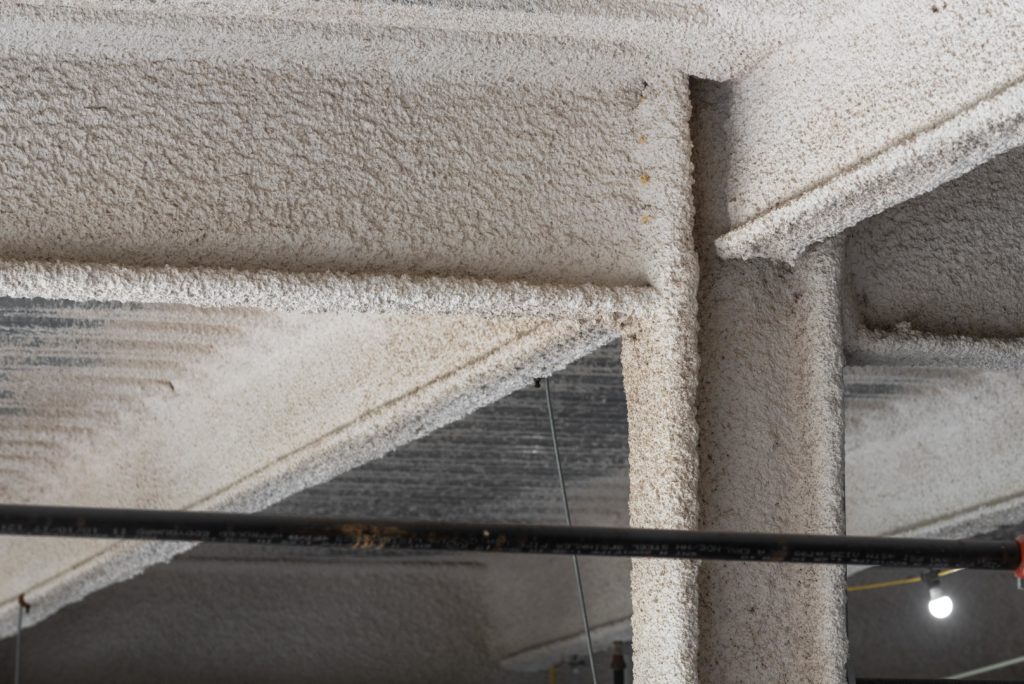Unveiling the Most Cost-Effective Insulation Material: A Comprehensive Analysis
2 min read
When it comes to insulating your home or building, finding the most cost-effective solution is crucial. With a wide range of insulation materials available in the market, it can be challenging to determine which one offers the best balance between affordability and performance. In this article, we will delve into the realm of insulation materials and explore the question: What is the cheapest insulation material? By considering various factors such as cost, effectiveness, and environmental impact, we aim to provide you with valuable insights to make an informed decision.
- Fiberglass Insulation: The Affordable Classic
Fiberglass insulation has long been a popular choice due to its affordability and decent thermal performance. Composed of fine glass fibers, this material is relatively inexpensive to produce, making it a cost-effective option for many homeowners and builders. It effectively traps air pockets, reducing heat transfer and enhancing energy efficiency. However, it is worth noting that fiberglass insulation may require professional installation to ensure proper coverage and avoid health risks associated with airborne fibers. - Cellulose Insulation: The Eco-Friendly Alternative
For those seeking a more environmentally friendly option, cellulose insulation stands out as a compelling choice. Made from recycled paper, typically treated with fire-retardant chemicals, cellulose insulation offers good thermal performance at a reasonable cost. Its ability to fill gaps and conform to irregular spaces makes it an effective insulator. Additionally, cellulose insulation has excellent soundproofing properties, enhancing the overall comfort of your space. - Spray Foam Insulation: Balancing Cost and Efficiency
While spray foam insulation may not be the cheapest option upfront, it can provide significant long-term savings. This type of insulation expands upon application, filling even the tiniest cracks and gaps, creating an airtight seal. The superior insulation properties of spray foam can result in reduced energy consumption and lower utility bills over time. However, it is essential to consider the initial installation cost and potential health concerns associated with the chemicals used in the process. - Reflective Insulation: Harnessing the Power of Radiant Heat
Reflective insulation, often made of aluminum foil or metalized film, offers a unique approach to thermal insulation. It works by reflecting radiant heat away from the living space, keeping it cooler in hot climates. Reflective insulation is relatively affordable and easy to install, making it an attractive option for those seeking cost-effective solutions in warmer regions. However, its effectiveness may vary depending on the climate and the specific application.
Conclusion:
Determining the cheapest insulation material requires considering various factors such as initial cost, long-term savings, environmental impact, and effectiveness. While fiberglass insulation remains a popular and affordable choice, alternatives like cellulose insulation, spray foam insulation, and reflective insulation offer their own advantages. Ultimately, the best insulation material for your needs will depend on your budget, climate, and specific requirements. By carefully evaluating these factors, you can make an informed decision that balances cost-effectiveness, performance, and sustainability.
